The product after being peeled, sliced, vacuum-packed and frozen is sold at 40,000 VND/kg.
These days, women in Nam Ma village gather at the cooperative to peel and wash taro. After peeling, slicing, vacuum-sealing and freezing, the product is sold at 40,000 VND/kg, creating jobs and increasing income for women. "When there is a cooperative, taro products are easy to consume. Sometimes people order but there are no taro to sell," said Giang Thi Phi, Nam Ma village, Nam Ma commune, Van Ban district.
"Potatoes are easy to sell. This year, I planted a lot and it was easy to sell even though the yield was low, but I got a high price," said Ms. Mu Thi May, Nam Ma village, Nam Ma commune, Van Ban district.
The taro harvest season lasts from September to the end of November of the lunar calendar. All the taro is sold as soon as it is harvested to ensure that the taro does not spoil or become hard. Due to its moisture-loving nature, taro is often grown on high hills and mountains. However, thanks to changes in farming practices and the application of science and technology, taro has been grown in home gardens on larger areas. "We have deployed it to the local people, especially female members, who participate in the production of white taro. Up to this point, the taro has produced quite a lot of tubers," said Ms. Giang Thi Ha, Chairwoman of the Women's Union of Nam Ma Commune, Deputy Director of the Nam Ma Agricultural, Forestry and Service Cooperative, Van Ban District.
Currently, Nam Ma taro output reaches about 120 tons/year.
The establishment of the Nam Ma Agricultural, Forestry and Service Cooperative has mobilized more households to participate with nearly 20 hectares of concentrated taro planting. The locality also established two taro planting groups in Nam Ma and Nam Trang villages with 60 members, balancing capital sources to attract households to participate. "We integrate with investment projects for people such as: financial and technical support for people to improve techniques, expand the taro planting area in the commune," said Mr. Trieu Van Thanh, Vice Chairman of the People's Committee of Nam Ma commune, Van Ban district.
Currently, Nam Ma taro output reaches about 120 tons/year, of which about 95 tons are eligible for sale to the market. With high productivity, good quality, and favorable consumption, these are conditions for Nam Ma to develop sustainably, making taro a commodity product with high economic value.
Le Duyen
Source


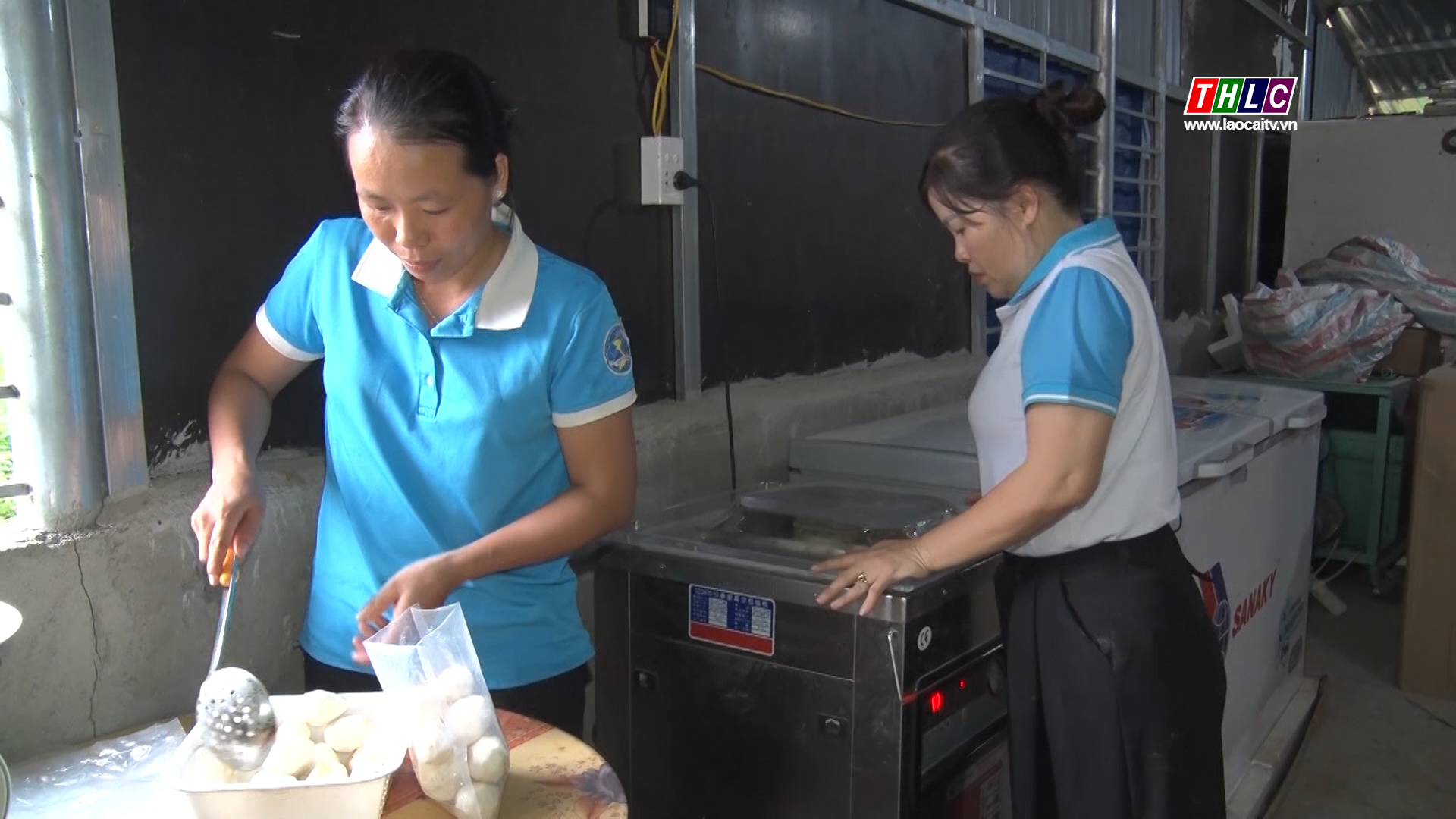
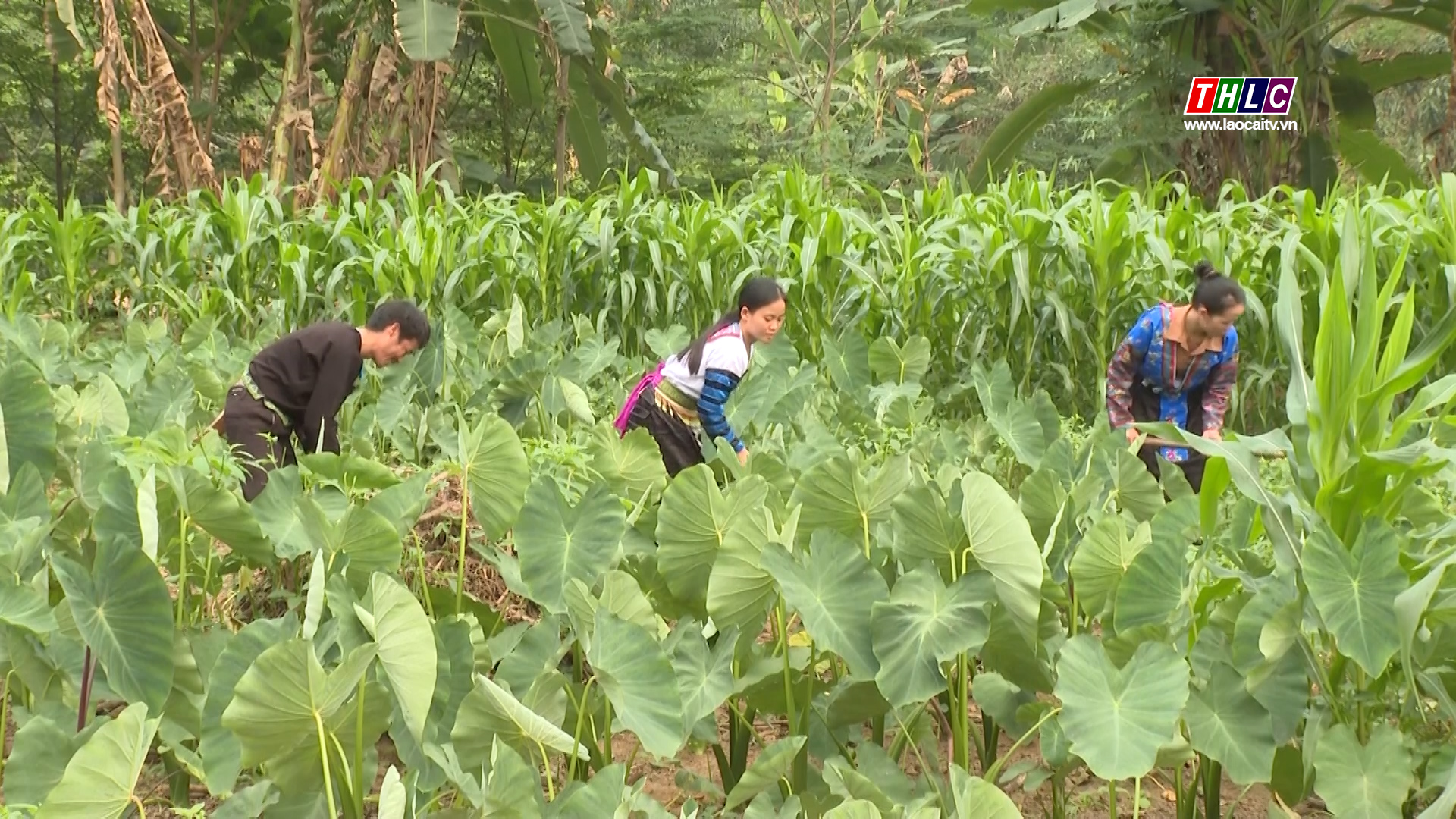


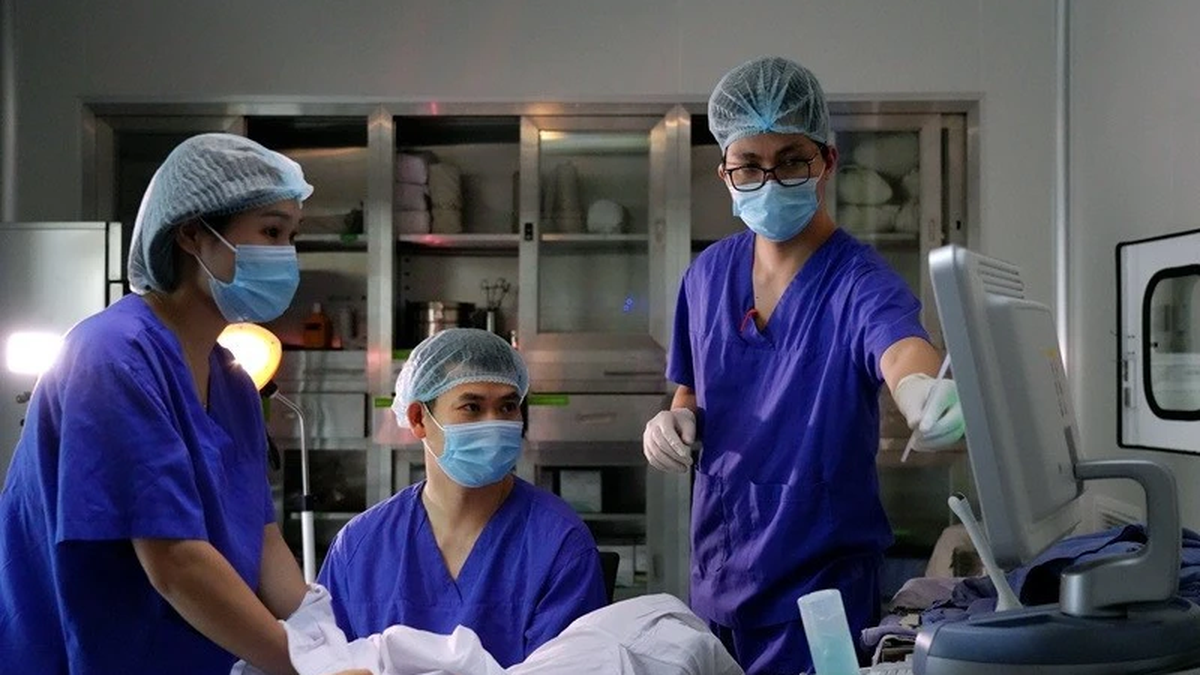



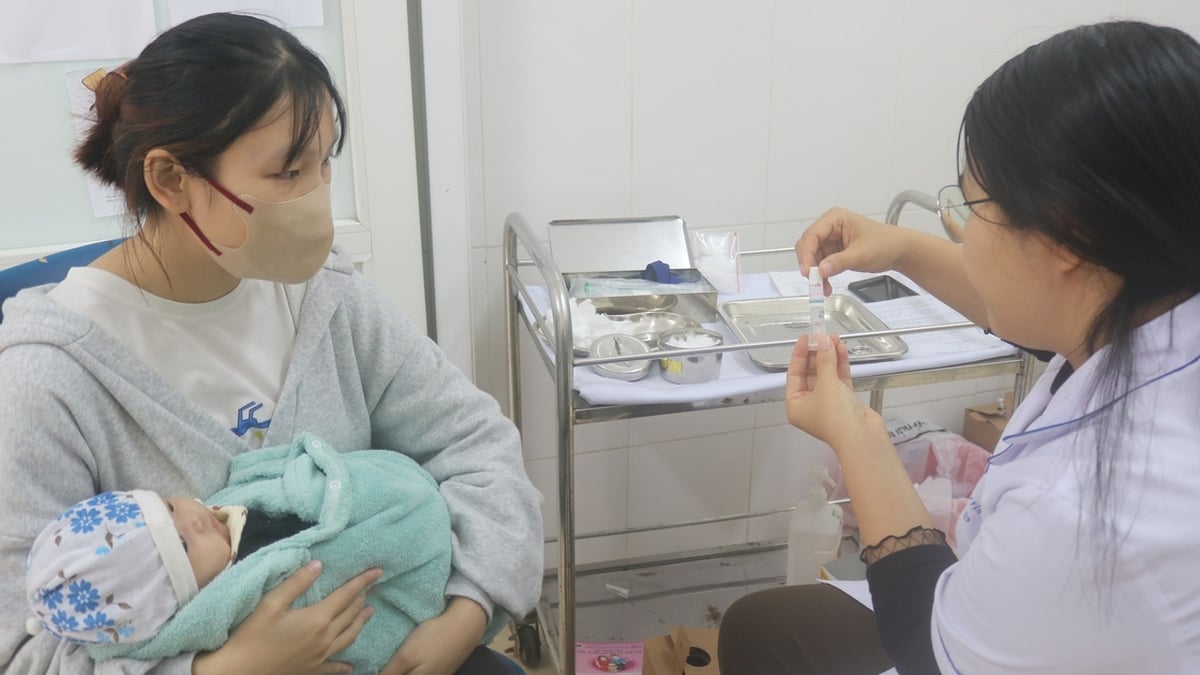
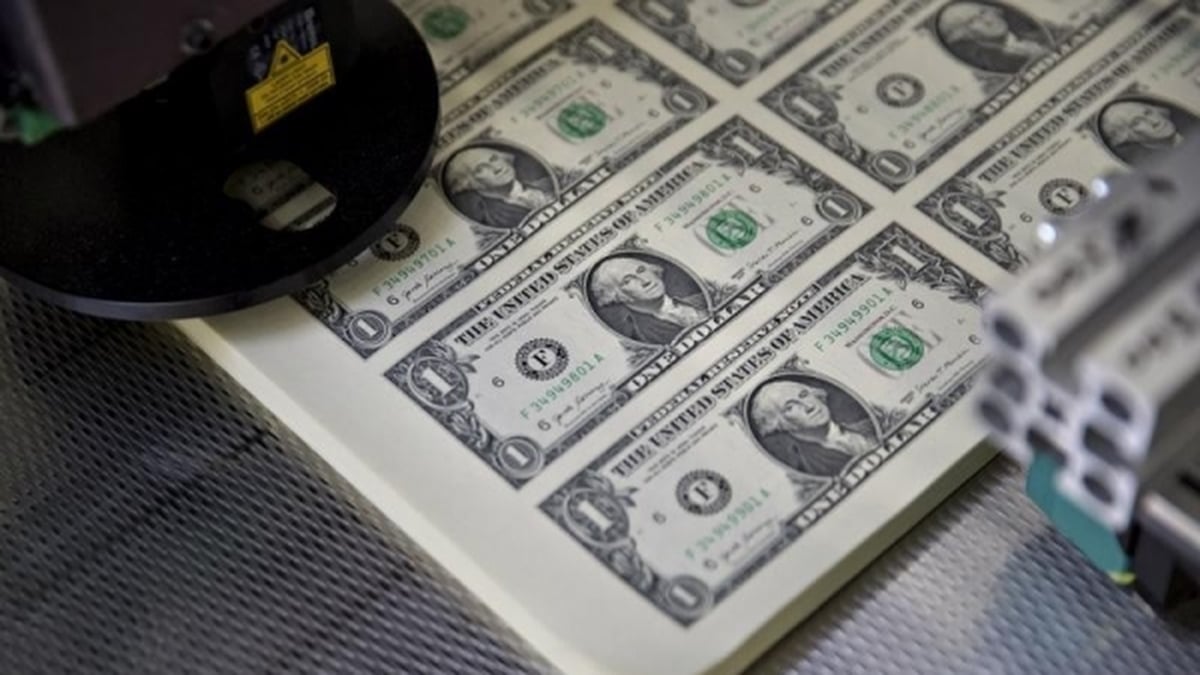
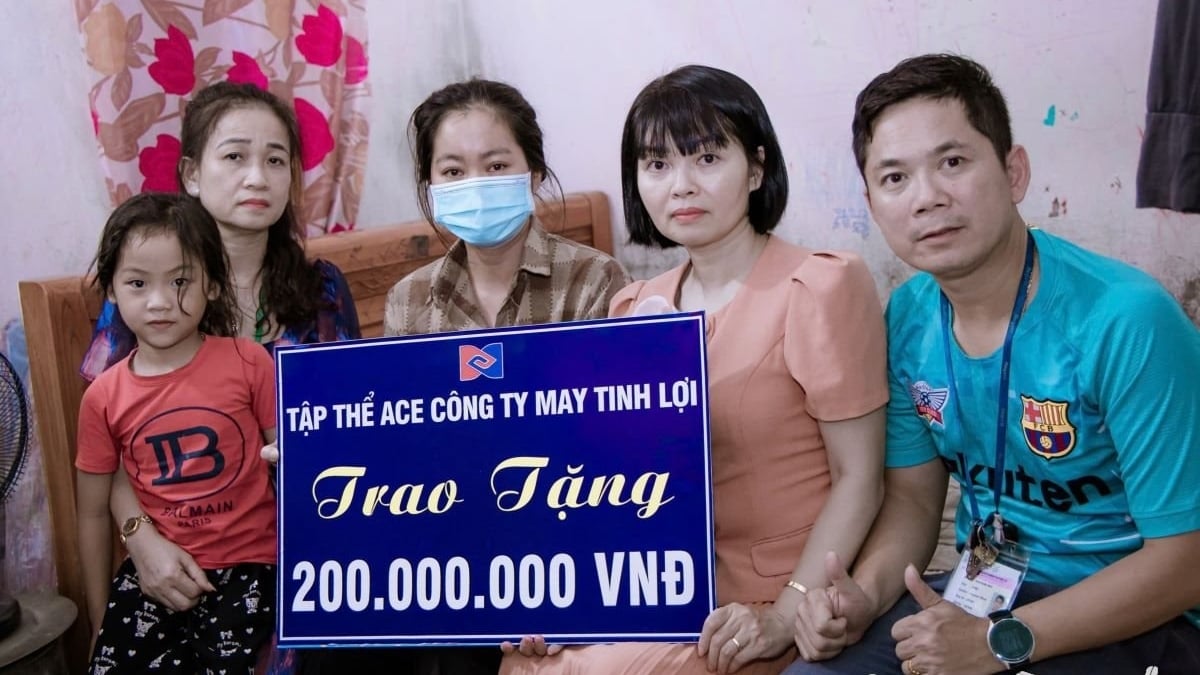
































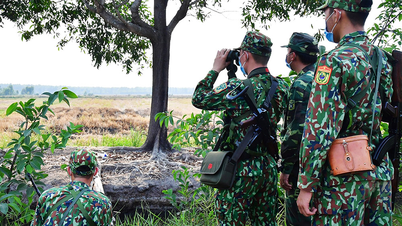











![[Maritime News] Container shipping faces overcapacity that will last until 2028](https://vphoto.vietnam.vn/thumb/402x226/vietnam/resource/IMAGE/2025/7/30/6d35cbc6b0f643fd97f8aa2e9bc87aea)






































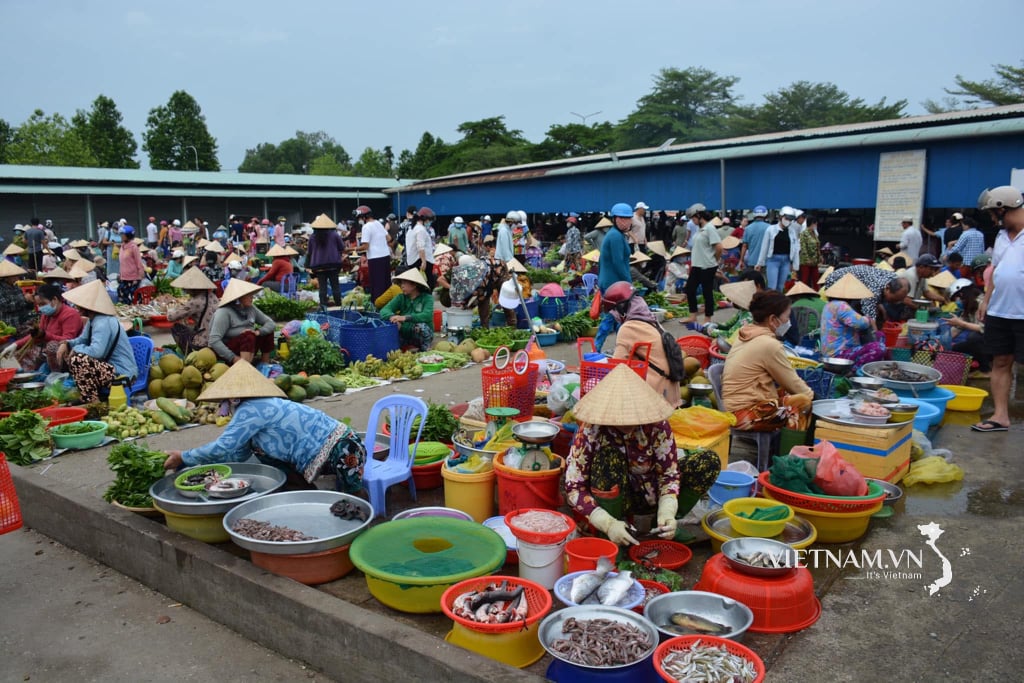
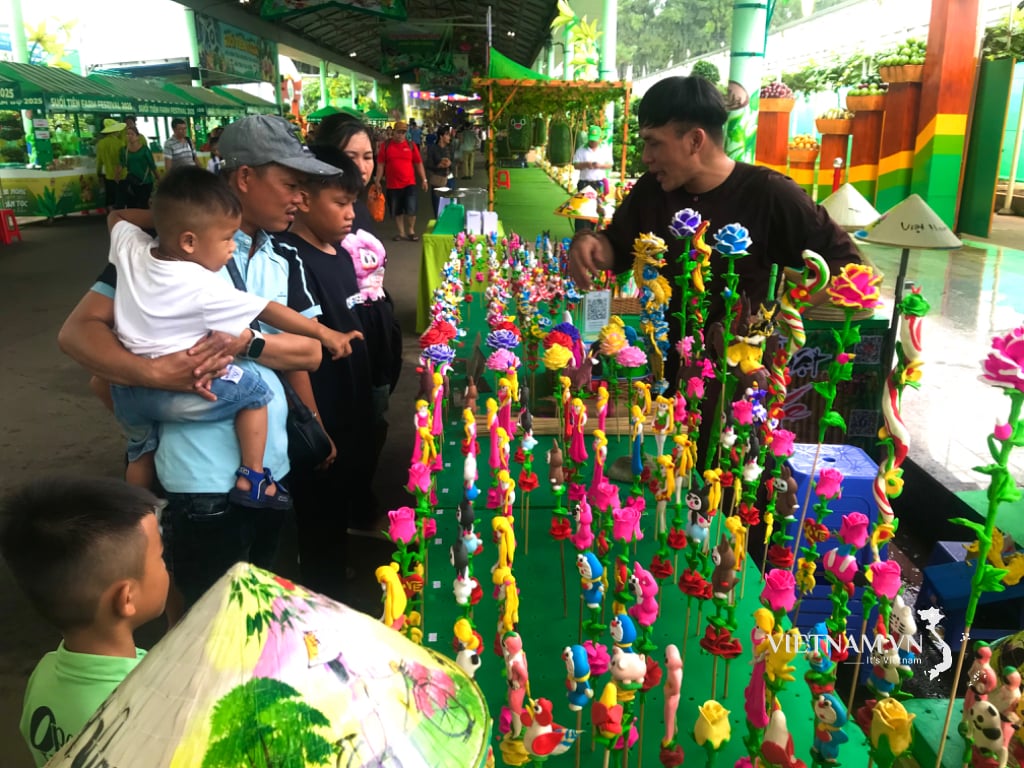
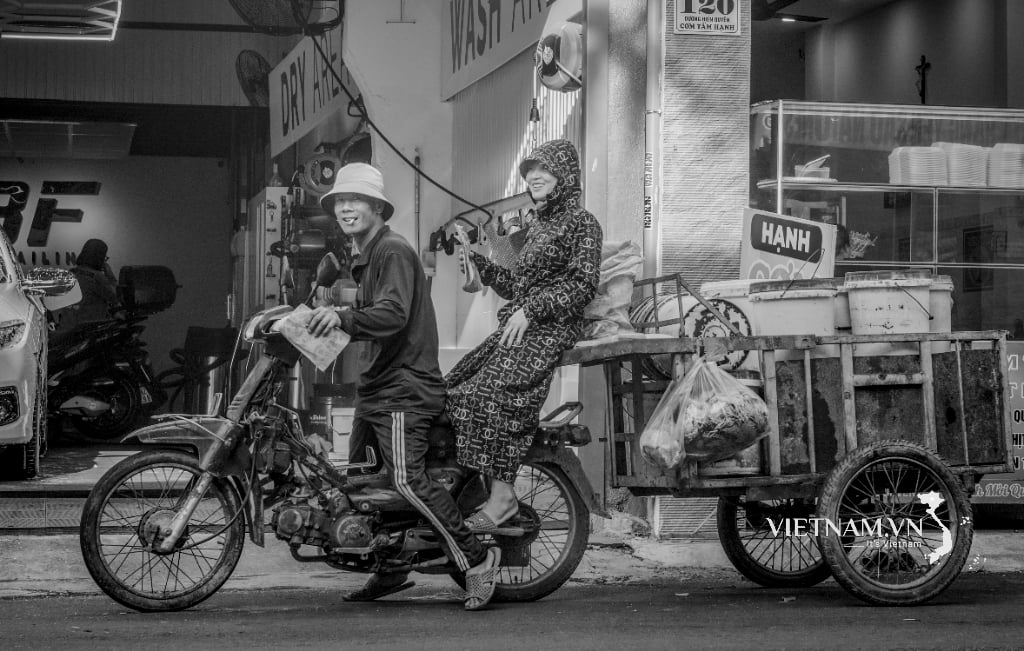

Comment (0)